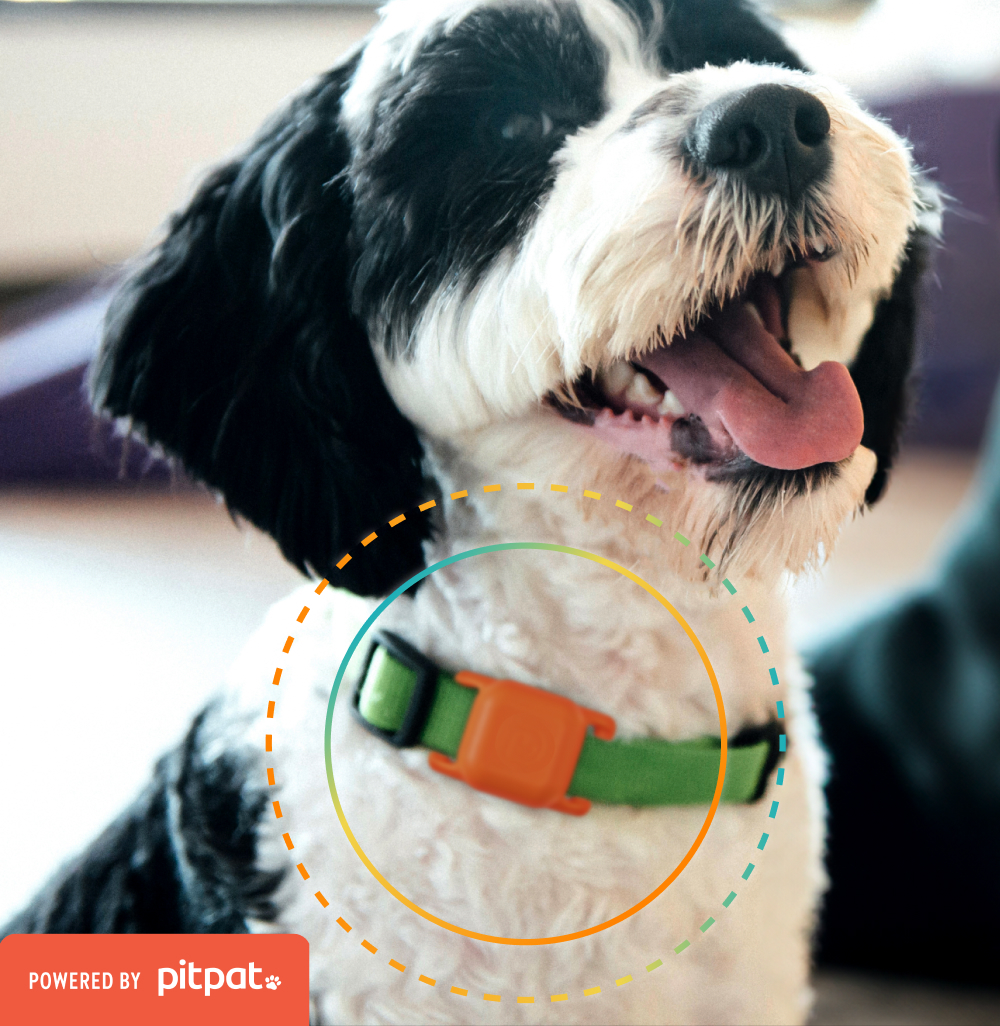How to Make Changes to Your Dog’s Diet

There are many reasons why it may be time to switch up your pup’s food. Whether your puppy is making the transition into adulthood, has changing dietary needs, or maybe you are considering the switch to fresh dog food, it is important to be cautious and introduce any changes gradually.
Unlike humans, our furry family members often stick to the same food for years and a change in diet can upset their digestive system. Switching your dog’s food abruptly can cause them to suffer from excessive gas, bloating, vomiting, diarrhea and even more serious complications.
To avoid digestive issues and implement an appropriate transition, check out these 4 useful tips:
1. Gradually introduce new food
When switching up your dog’s food, the best approach is a slow transition. Start by introducing the new food as you slowly phase out the old food. Switching foods too quickly can pose gastro-intestinal complications.
For the first few days, keep 75% of the old food and mix in 25% of the new food. A few days later, transition to a 50/50 split. Continue until your dog is only eating the new food. For a slower and more gradual transition, spend an extra day or two at each phase.
2. Limit how many times you switch your dog’s food
Avoid switching your dog’s food without good reason and no more than twice a year to avoid digestive problems. Instead of relying on whatever is on sale, choose a dog food that works best for your budget and stick with it for a few months in a row.
Some dog experts suggest switching your pup’s food once in a while, just in case one food is not meeting a particular nutritional requirement due to unknown nutrient interactions. However, ultimately you should be able to stick to one diet for an extended period of time. Always consult your veterinarian to address your pup’s nutritional needs.
3. Be persistent!
It is important to resist your dog’s demands. This means for the first few days of the transition, don’t give your pup dog treats or table scraps. Dogs try to enforce behavior with us, just as we do with them. By giving in to their demands, it is only reinforcing refusal behavior which makes it much more difficult to make a smooth, healthy and nutritious dietary change.
4. Patience is key when switching from wet to dry food
When transitioning from moist food to dry food, it can be much more challenging. You can expect resistance at first, but if your pup is refusing to eat dry food, add a little warm water. You can even warm up the moistened dog food in the microwave for a few seconds. However, if you mix the food with warm water, be sure to throw away any leftovers after 20 minutes to avoid spoilage. After your pup has successfully transitioned into moistened food, you can begin the transition onto completely dry food.
Things to remember:
- Be patient and keep at it! If you notice any issues, transition more slowly.
- Some foods aren’t right for every pup. Even though a dog food may have great, quality ingredients or maybe you really like something about the brand, that doesn’t mean your pup will, too. If you are following the steps above and your pup is not thriving, it’s best to pick a different food.
- If your pup is experiencing slight allergies or skin and coat problems, it can take up to three months to resolve completely.
- If your pup has loose stool for more than a day or two, shows any other signs of gastro-intestinal distress, or is just not acting like their normal self, it is best to consult your veterinarian.
- Always consult your vet before you make any changes to your dog’s diet.












